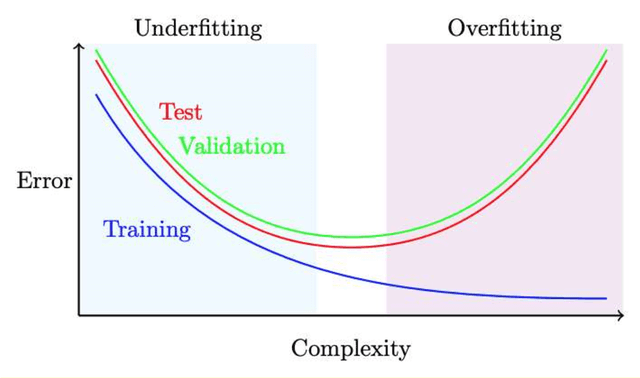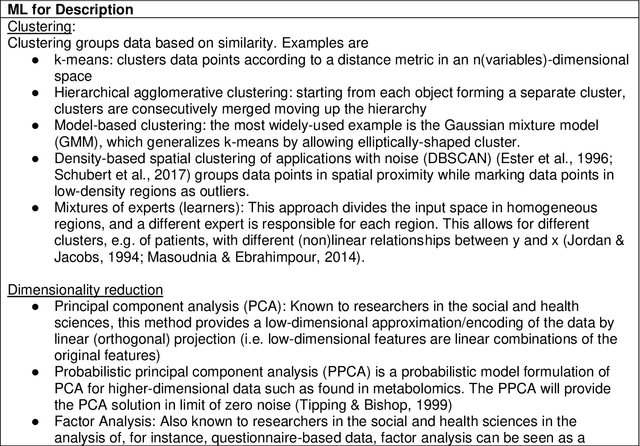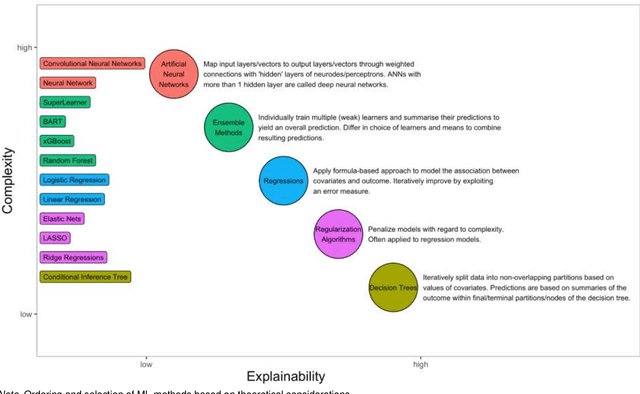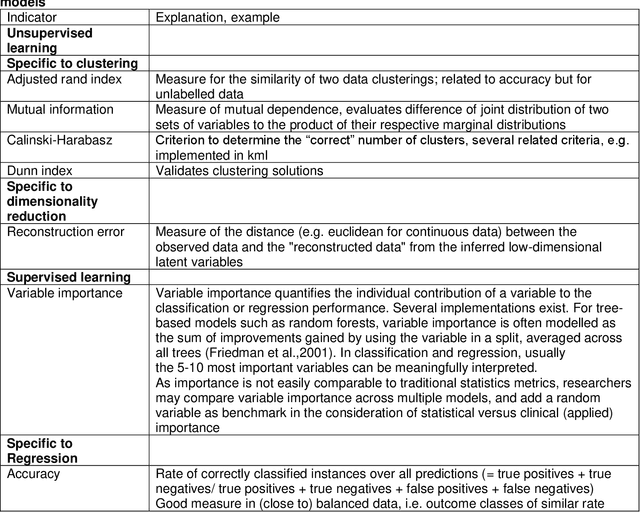Graciela Muniz-Terrera
A method for quantifying sectoral optic disc pallor in fundus photographs and its association with peripapillary RNFL thickness
Nov 13, 2023



Abstract:Purpose: To develop an automatic method of quantifying optic disc pallor in fundus photographs and determine associations with peripapillary retinal nerve fibre layer (pRNFL) thickness. Methods: We used deep learning to segment the optic disc, fovea, and vessels in fundus photographs, and measured pallor. We assessed the relationship between pallor and pRNFL thickness derived from optical coherence tomography scans in 118 participants. Separately, we used images diagnosed by clinical inspection as pale (N=45) and assessed how measurements compared to healthy controls (N=46). We also developed automatic rejection thresholds, and tested the software for robustness to camera type, image format, and resolution. Results: We developed software that automatically quantified disc pallor across several zones in fundus photographs. Pallor was associated with pRNFL thickness globally (\b{eta} = -9.81 (SE = 3.16), p < 0.05), in the temporal inferior zone (\b{eta} = -29.78 (SE = 8.32), p < 0.01), with the nasal/temporal ratio (\b{eta} = 0.88 (SE = 0.34), p < 0.05), and in the whole disc (\b{eta} = -8.22 (SE = 2.92), p < 0.05). Furthermore, pallor was significantly higher in the patient group. Lastly, we demonstrate the analysis to be robust to camera type, image format, and resolution. Conclusions: We developed software that automatically locates and quantifies disc pallor in fundus photographs and found associations between pallor measurements and pRNFL thickness. Translational relevance: We think our method will be useful for the identification, monitoring and progression of diseases characterized by disc pallor/optic atrophy, including glaucoma, compression, and potentially in neurodegenerative disorders.
Machine learning in the social and health sciences
Jun 20, 2021



Abstract:The uptake of machine learning (ML) approaches in the social and health sciences has been rather slow, and research using ML for social and health research questions remains fragmented. This may be due to the separate development of research in the computational/data versus social and health sciences as well as a lack of accessible overviews and adequate training in ML techniques for non data science researchers. This paper provides a meta-mapping of research questions in the social and health sciences to appropriate ML approaches, by incorporating the necessary requirements to statistical analysis in these disciplines. We map the established classification into description, prediction, and causal inference to common research goals, such as estimating prevalence of adverse health or social outcomes, predicting the risk of an event, and identifying risk factors or causes of adverse outcomes. This meta-mapping aims at overcoming disciplinary barriers and starting a fluid dialogue between researchers from the social and health sciences and methodologically trained researchers. Such mapping may also help to fully exploit the benefits of ML while considering domain-specific aspects relevant to the social and health sciences, and hopefully contribute to the acceleration of the uptake of ML applications to advance both basic and applied social and health sciences research.
 Add to Chrome
Add to Chrome Add to Firefox
Add to Firefox Add to Edge
Add to Edge